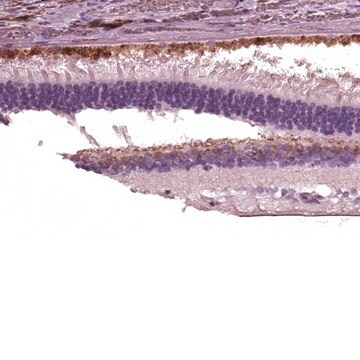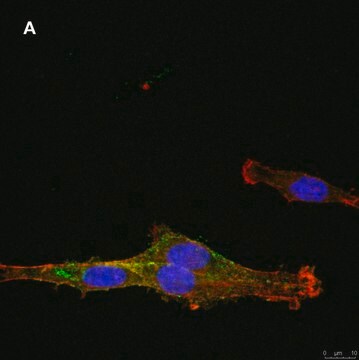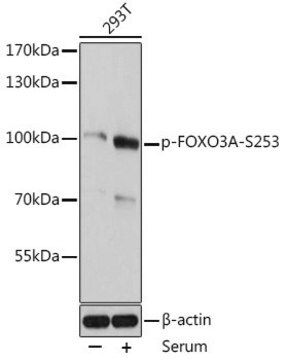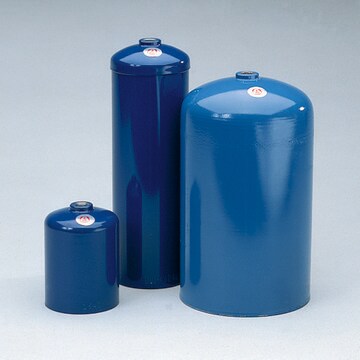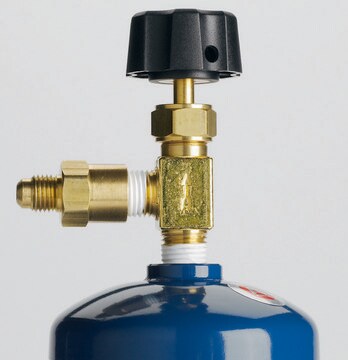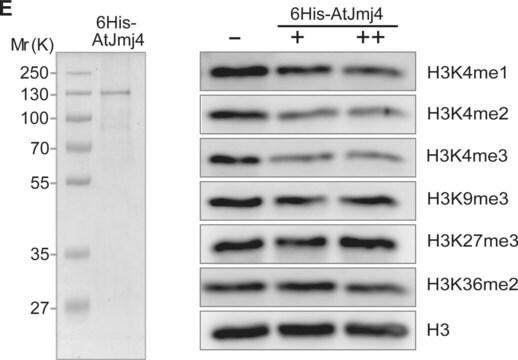MABS2773
Anti-c-Kit/CD117 Antibody, clone H2C7
Synonim(y):
CD117, EC:2.7.10.1, Mast/stem cell growth factor receptor Kit, Proto-oncogene c-Kit, SCFR, Tyrosine-protein kinase Kit
About This Item
Polecane produkty
pochodzenie biologiczne
hamster
Poziom jakości
forma przeciwciała
purified antibody
rodzaj przeciwciała
primary antibodies
klon
H2C7, monoclonal
masa cząsteczkowa
observed mol wt ~N/A kDa
oczyszczone przez
using protein G
reaktywność gatunkowa
mouse
opakowanie
antibody small pack of 100
metody
immunocytochemistry: suitable
immunohistochemistry: suitable
izotyp
IgG
sekwencja epitopowa
Extracellular domain
numer dostępu Protein ID
numer dostępu UniProt
temp. przechowywania
2-8°C
informacje o genach
mouse ... Kit(16590)
Specyficzność
Immunogen
Zastosowanie
Evaluated by Immunohistochemistry in E14 Mouse liver sections.
Immunohistochemistry Applications: A 1:25 dilution from a representative lot detected c-kit/CD117 in E14 Mouse liver frozen tissue sections.
Tested Applications
Immunohistochemistry Analysis: A 1:25 dilution from a representative lot detected c-Kit/CD117 in developing mouse forebrain frozen tissue sections.
Immunocytochemistry Analysis: A representative lot detected c-Kit/CD117 in Immunocytochemistry applications (Koma, Y., et al. (2005). Lab Invest. 85(3):426-35).
Immunohistochemistry Applications: A representative lot detected c-Kit/CD117 in Immunohistochemistry applications (Yamatani, H., et al. (2004). J Comp Neurol. 475(2):247-60; Takagi, K., et al. (2008). Neuroscience. 153(4):1278-88).
Note: Actual optimal working dilutions must be determined by end user as specimens, and experimental conditions may vary with the end user.
Opis wartości docelowych
Postać fizyczna
Rekonstytucja
Przechowywanie i stabilność
Inne uwagi
Oświadczenie o zrzeczeniu się odpowiedzialności
Nie możesz znaleźć właściwego produktu?
Wypróbuj nasz Narzędzie selektora produktów.
Kod klasy składowania
12 - Non Combustible Liquids
Klasa zagrożenia wodnego (WGK)
WGK 1
Temperatura zapłonu (°F)
Not applicable
Temperatura zapłonu (°C)
Not applicable
Certyfikaty analizy (CoA)
Poszukaj Certyfikaty analizy (CoA), wpisując numer partii/serii produktów. Numery serii i partii można znaleźć na etykiecie produktu po słowach „seria” lub „partia”.
Masz już ten produkt?
Dokumenty związane z niedawno zakupionymi produktami zostały zamieszczone w Bibliotece dokumentów.
Nasz zespół naukowców ma doświadczenie we wszystkich obszarach badań, w tym w naukach przyrodniczych, materiałoznawstwie, syntezie chemicznej, chromatografii, analityce i wielu innych dziedzinach.
Skontaktuj się z zespołem ds. pomocy technicznej